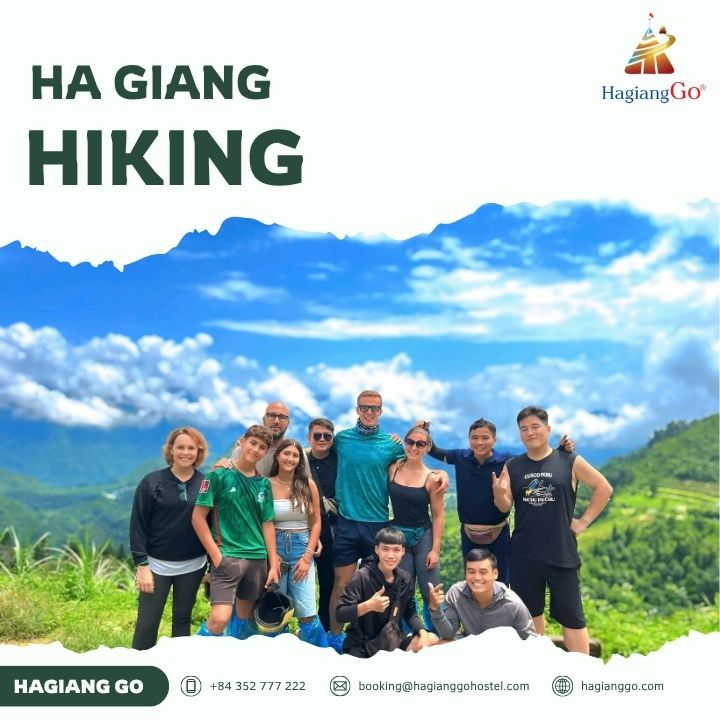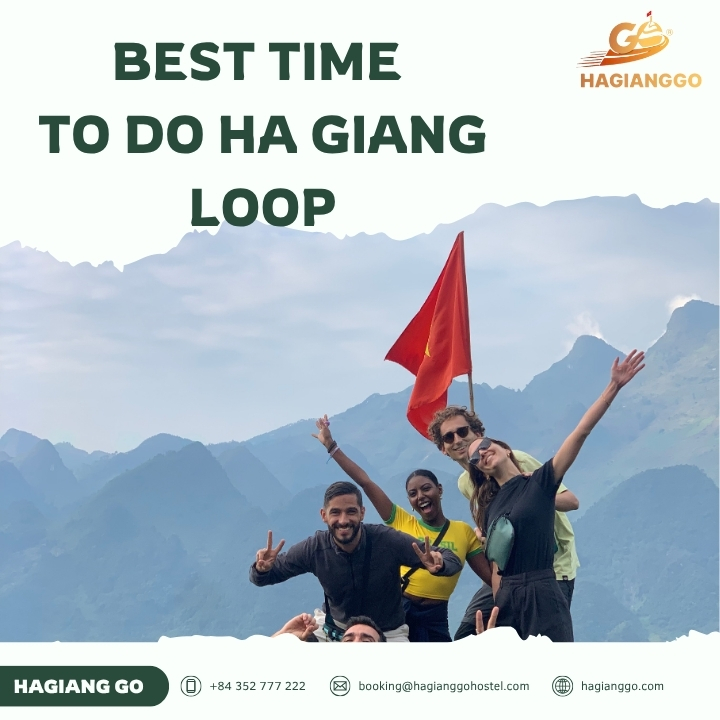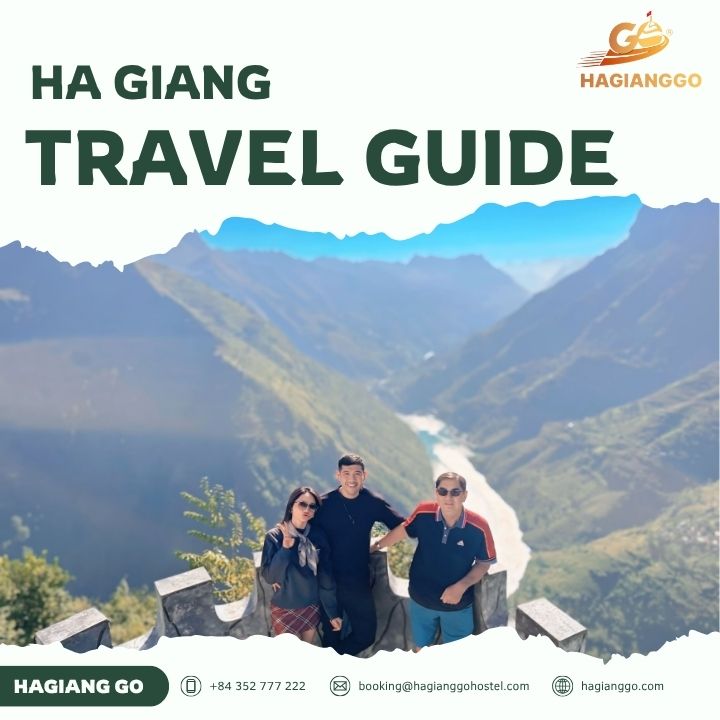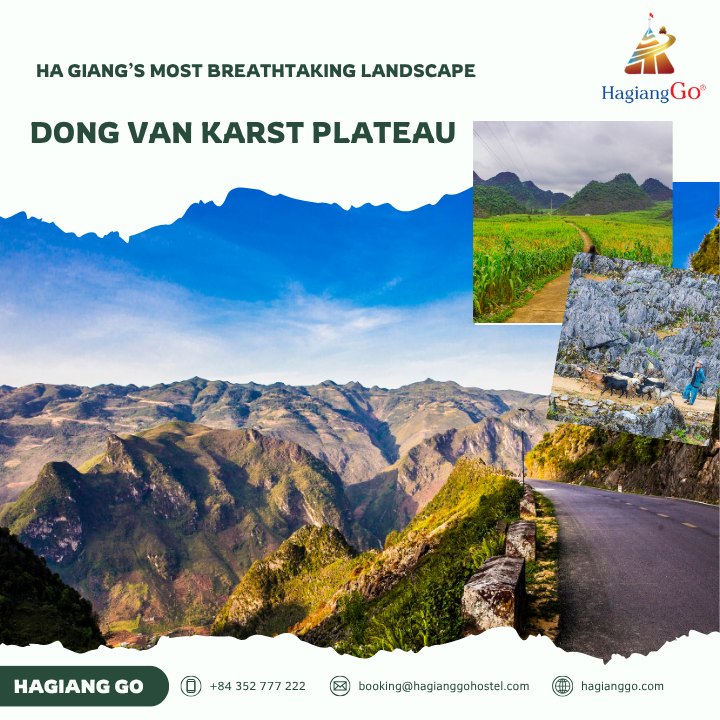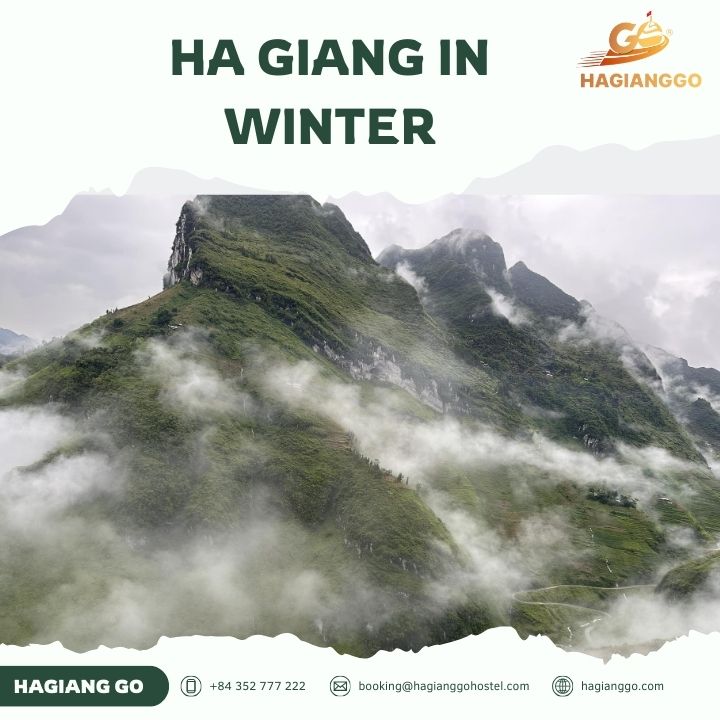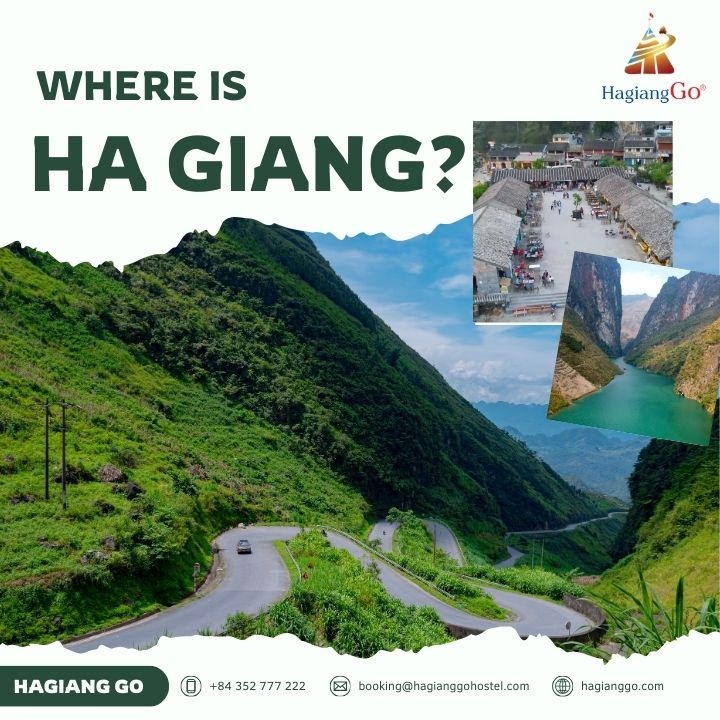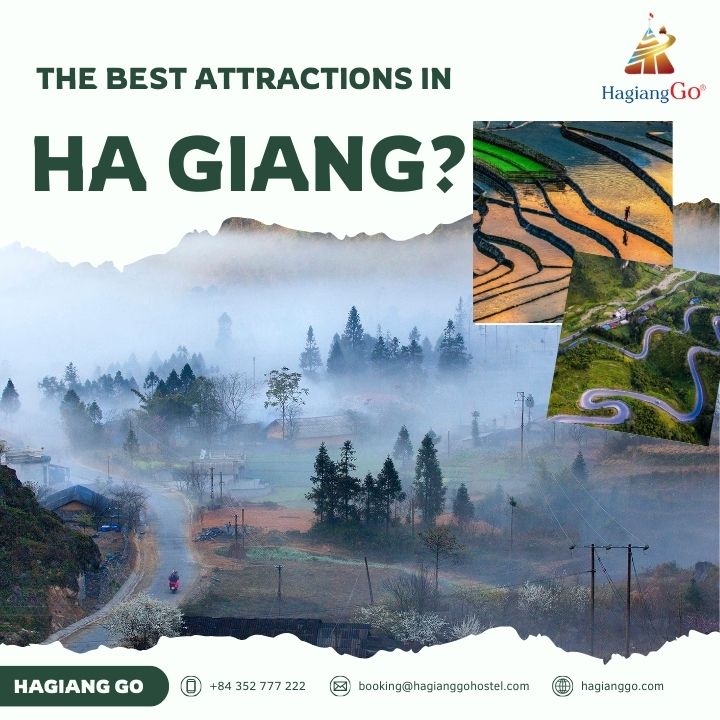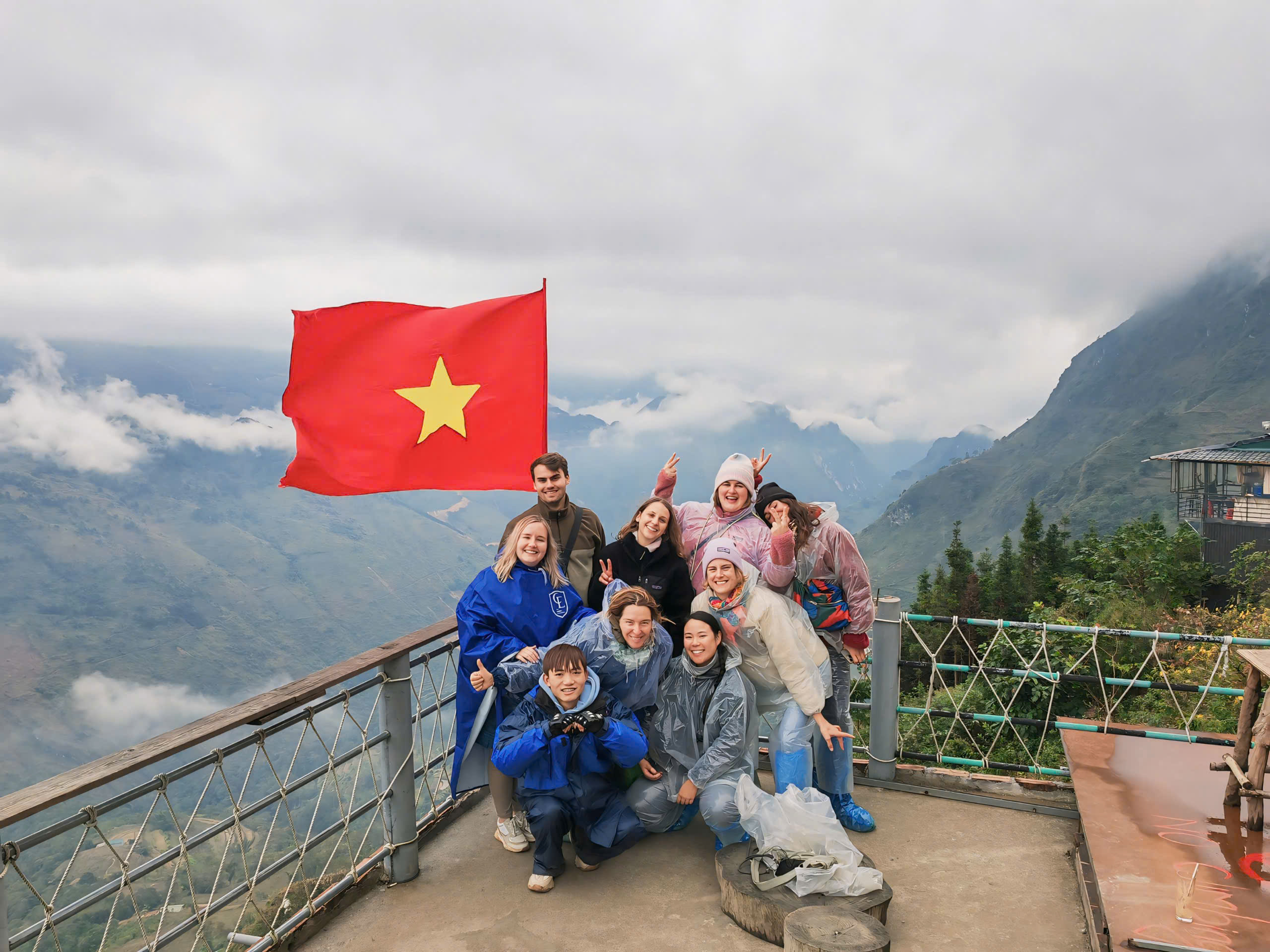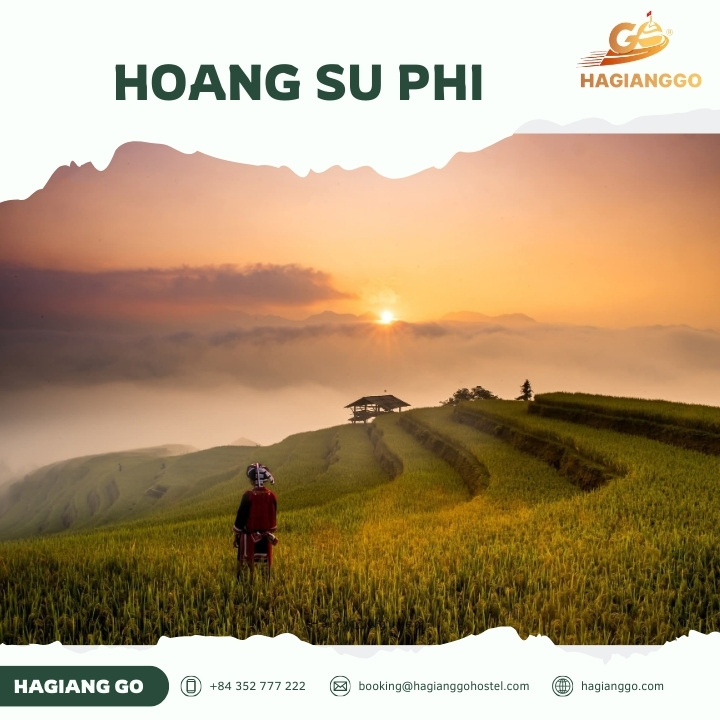Why Ha Giang should be on every hiker's bucket list
Ha Giang hiking stands out among Vietnam's outdoor adventures for its unique combination of natural beauty, cultural authenticity, and relative isolation from tourist crowds. This remote province, bordering China, offers hikers the chance to experience Vietnam's most dramatic mountain scenery while engaging with traditional communities that have maintained their customs for centuries.
Dramatic karst landscapes & biodiversity
The geological foundation of Ha Giang hiking lies in its extraordinary karst topography. Majestic limestone mountains rise dramatically from deep valleys, creating a landscape that seems almost otherworldly. These ancient formations, sculpted over millions of years, provide the backdrop for some of Vietnam's most challenging and rewarding hiking trails.
The region's unique flora and fauna add another dimension to Ha Giang hiking experiences. The varied elevations and microclimates support diverse ecosystems, from subtropical forests in the valleys to alpine meadows on mountain ridges. Hikers might encounter rare orchids, medicinal plants used by local communities, and bird species found nowhere else in Vietnam. The ecological richness of Ha Giang makes every hiking trail a journey through distinct natural environments.
Off-the-beaten-path culture & community
Traditional ethnic minority villages scattered throughout Ha Giang's mountains offer hikers authentic cultural encounters rarely found in more touristy destinations. The Hmong, Tay, Nung, and other ethnic groups maintain traditional lifestyles, architecture, and customs that provide insight into Vietnam's cultural diversity. These communities often serve as starting points or rest stops for Ha Giang hiking adventures, allowing trekkers to experience genuine hospitality and learn about traditional mountain life.
Local hospitality in Ha Giang is legendary among experienced hikers. Villagers often invite trekkers to share meals, participate in daily activities, or stay overnight in traditional homes. These authentic cultural experiences create connections that go far beyond typical tourist interactions, making Ha Giang hiking about human connection as much as natural beauty.
Read more; Top 12 Beautiful Villages in Ha Giang You Must Visit in 2025
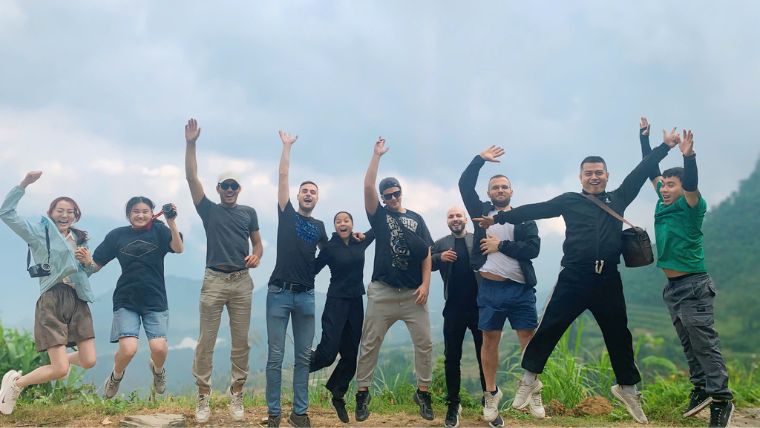
Top Best Ha Giang hiking routes
The province offers diverse Ha Giang hiking routes suitable for different skill levels and time constraints. From accessible day hikes to challenging multi-day treks, each trail provides unique perspectives on the region's natural and cultural treasures.
Ma Pi Leng pass & Sky Path
The Ma Pi Leng Pass represents one of the most accessible yet spectacular Ha Giang hiking experiences. This scenic mountain path offers breathtaking views of the Nho Que River canyon and surrounding peaks. The well-maintained Sky Path provides safe access to viewpoints that showcase Ha Giang's dramatic topography without requiring extensive hiking experience.
The accessible yet challenging nature of this hike makes it perfect for those new to Ha Giang hiking. The trail combines manageable distances with stunning scenery, allowing hikers to experience the region's beauty without committing to longer, more demanding routes. Early morning hikes offer the best visibility and most comfortable temperatures.
Jubo Trail to Mèo Vạc
For adventurous hikers seeking a longer trek, the Jubo Trail to Mèo Vạc provides an excellent introduction to serious Ha Giang hiking. This route combines natural beauty with cultural immersion, passing through remote villages and diverse landscapes over multiple days. The trail offers hikers the chance to experience traditional village life while traversing some of the province's most pristine wilderness areas.
The mix of natural beauty and cultural encounters along this route exemplifies what makes Ha Giang hiking special. Hikers camp in villages, share meals with local families, and learn about traditional farming and crafts practices that have sustained mountain communities for generations.
Read more: Tay Con Linh Mountain Ha Giang: Complete Guide to Vietnam's Majestic Sky Gate
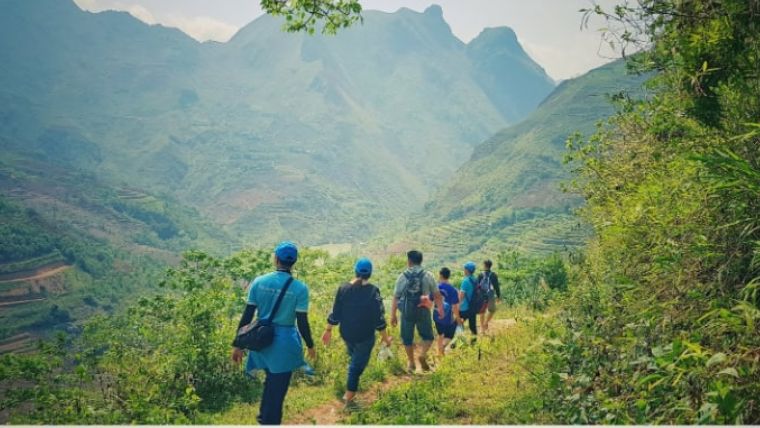
Lũng Cú & Làng Kháo waterfall loop
The combination of nature and history characterizes the Lũng Cú and Làng Kháo waterfall loops. These Ha Giang hiking routes take trekkers to Vietnam's northernmost point while incorporating peaceful village walks and gentle waterfall trails. The historical significance of Lũng Cú, combined with the natural beauty of cascading waterfalls, creates a well-rounded hiking experience.
These trails offer gentler Ha Giang hiking options perfect for families or those preferring less strenuous routes. The village walks provide cultural insights while the waterfall trails offer refreshing swimming opportunities and scenic picnic spots.
Dan Lieo - Pagoda viewpoint loop
Panoramic views of valleys and mountains make the Dan Lieo–Pagoda Viewpoint Loop ideal for experienced hikers seeking challenging Ha Giang hiking adventures. This demanding route requires good fitness levels but rewards hikers with some of the province's most spectacular vistas. The pagoda viewpoint offers 360-degree views of Ha Giang's karst landscape stretching to the Chinese border.
The challenging nature of this trail makes it suitable only for experienced hikers comfortable with steep ascents and potentially exposed conditions. However, the panoramic rewards make this one of the most memorable Ha Giang hiking experiences available.
Mèo Vạc - Đồng Văn Trail
The challenging trail connecting Mèo Vạc, and Đồng Văn offers rewarding vistas along a quiet, less-traveled path. This demanding Ha Giang hiking route takes trekkers through some of the province's most remote areas, providing solitude and pristine wilderness experiences. The trail's difficulty keeps crowds away, making it perfect for hikers seeking authentic wilderness experiences.
The less-traveled nature of this route means Ha Giang hiking purists can experience the region's beauty without encountering other trekking groups. The challenging terrain and navigation requirements make this trail suitable only for experienced, well-prepared hikers.
Planning your hiking in Ha Giang loop
Successful Ha Giang hiking tour requires careful planning and preparation. Understanding seasonal conditions, permit requirements, and guide options helps ensure safe and enjoyable trekking experiences.
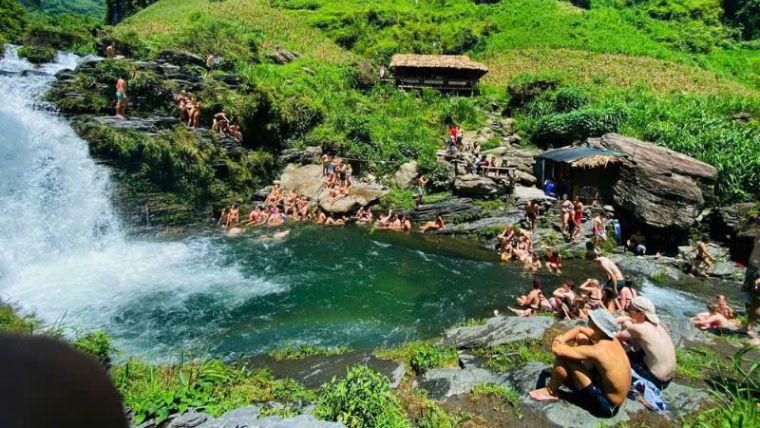
Best time for hiking in Ha Giang
The best times for Ha Giang hiking generally fall between September and November, and March through May. These periods offer comfortable temperatures, minimal rainfall, and clear visibility for mountain views. Temperature and climate factors vary significantly with elevation, so hikers should prepare for changing conditions throughout the day.
Winter months can be challenging for Ha Giang hiking due to cold temperatures and occasional frost at higher elevations. Summer brings heavy rainfall and high humidity that can make trails slippery and uncomfortable. Understanding seasonal patterns helps hikers choose the best times for their preferred routes and activities.
Fees & ticket
Entry fees and documentation requirements for Ha Giang hiking vary depending on specific routes and areas visited. Some trails require permits obtained from local authorities, while others only need standard entrance fees to provincial parks or protected areas. Where and how to obtain permits can be complicated, so researching requirements well in advance prevents delays or disappointments.
Border area restrictions may apply to some Ha Giang hiking routes near the Chinese frontier. Understanding which areas require special permits and which are freely accessible helps hikers plan appropriate routes and avoid legal complications.
Guided Tours vs Independent hiking
The pros and cons of hiring a guide for Ha Giang hiking depend on individual experience levels, language skills, and comfort with navigation. Experienced local guides provide cultural insights, ensure route-finding accuracy, and enhance safety in remote areas. However, independent trekking offers more flexibility and can be more economical for experienced hikers.
Solo trekking tips for Ha Giang hiking include carrying detailed maps, informing others of planned routes, and understanding basic Vietnamese phrases for emergencies. Safety considerations include weather awareness, proper equipment, and communication plans for remote areas without cell coverage.
MOTORBIKE FOR RENT IN HA GIANG - BOOK OUR BIKE AND START YOUR AMAZING TRIP NOW!
Immersive experience off the beaten path
Ha Giang hiking offers opportunities for deep cultural immersion and extended wilderness experiences that go far beyond typical day hikes.
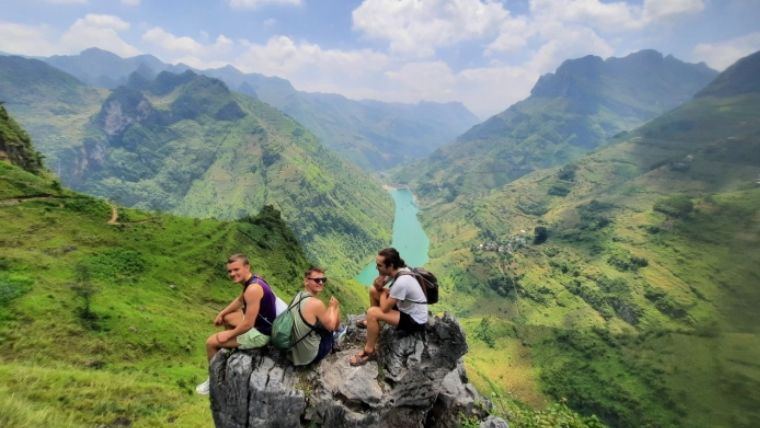
Impressive trekking itineraries
Sample multi-day trekking plans for Ha Giang hiking can range from gentle cultural walks to challenging wilderness expeditions. Key stops might include traditional markets, ancient temples, scenic viewpoints, and authentic village homestays. Cultural encounters with ethnic minority communities provide insights into traditional lifestyles and customs.
Flexible itineraries allow Ha Giang hiking adventures to adapt to weather conditions, group fitness levels, and cultural opportunities that arise spontaneously. Building buffer time into multi-day plans accommodates unexpected discoveries and meaningful cultural exchanges.
Homestays & local food
Staying with local families represents one of the most authentic aspects of Ha Giang hiking. Traditional homes offer comfortable accommodation along with opportunities to participate in daily village life. Family meals feature local ingredients and traditional cooking methods that highlight regional culinary traditions.
Sampling traditional Ha Giang cuisine includes specialties like thắng cố (a traditional soup), corn wine, and various dishes featuring locally grown vegetables and herbs. These culinary experiences complement Ha Giang hiking adventures by providing energy for trails while introducing hikers to local food culture.
Ha Giang Hiking safety & preparation
Safe and successful Ha Giang hiking requires appropriate physical preparation, proper equipment, and understanding of local conditions and customs.
Physical fitness & difficulty ratings
Trail classification systems help hikers choose appropriate Ha Giang hiking routes based on fitness levels and experience. Routes range from gentle village walks suitable for families to challenging multi-day treks requiring excellent fitness and hiking experience. Understanding difficulty ratings prevents hikers from attempting routes beyond their capabilities.
Fitness preparation for challenging Ha Giang hiking should begin weeks or months before departure. Cardiovascular fitness, leg strength, and hiking endurance all contribute to safe and enjoyable experiences on demanding mountain trails.
Gear & packing tips
Hiking essentials for Ha Giang hiking include appropriate footwear, weather protection, navigation tools, and safety equipment. Quality hiking boots provide necessary ankle support and traction on steep, rocky terrain. Lightweight yet effective packing strategies help hikers carry necessary gear without excessive weight.
Clothing layers accommodate Ha Giang's variable mountain weather, from warm valley temperatures to cold, windy ridge conditions. Rain protection remains essential year-round, as mountain weather can change rapidly and unexpectedly.
Local etiquette & environmental care
Respect for culture and traditions enhances Ha Giang hiking experiences while supporting local communities. Understanding appropriate behavior in villages, temples, and around traditional ceremonies prevents cultural misunderstandings and shows respect for local customs.
Sustainable and responsible travel practices during Ha Giang hiking include Leave No Trace principles, supporting local economies, and minimizing environmental impact. These practices help preserve the natural and cultural resources that make Ha Giang hiking special for future visitors.
Capturing Ha Giang's magic
Ha Giang's dramatic landscapes provide endless photography opportunities for hikers willing to wake early or stay late for optimal lighting conditions.
Best photography spots
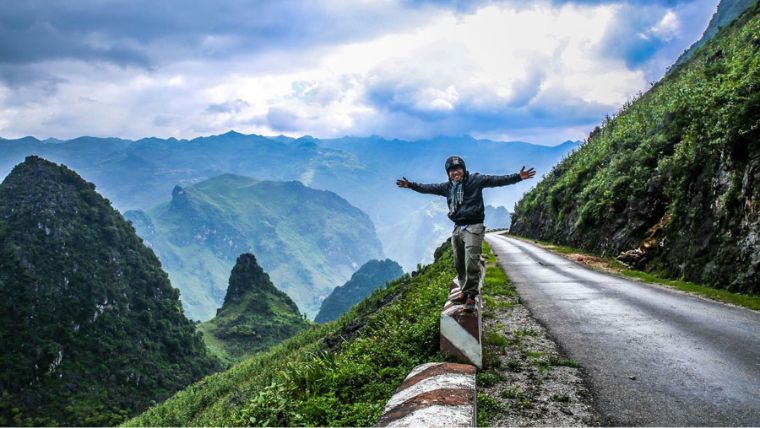
Scenic points along Ha Giang hiking routes offer spectacular photo opportunities at various times of day. Viewpoints overlooking major valleys, limestone formations, and traditional villages provide classic shots that capture the region's essence. Understanding optimal timing for different locations helps photographers maximize their opportunities.
Morning light often provides the clearest visibility and most dramatic shadows for landscape photography during Ha Giang hiking adventures. Late afternoon golden hour lighting can create spectacular images of limestone karst formations and mountain ridges.
Sunrise vs sunset treks
Comparing lighting conditions, atmosphere, and trail experiences helps photographers choose between sunrise and sunset Ha Giang hiking adventures. Early morning treks often offer clearer air and calmer conditions, while evening hikes can provide dramatic lighting and different wildlife activity.
Safety considerations for early morning or late evening Ha Giang hiking include proper lighting equipment, route familiarity, and weather awareness. These treks require additional preparation but often provide the most memorable and photogenic experiences.
Beyond Ha Giang Hiking
Ha Giang hiking adventures can be combined with other activities to create comprehensive exploration of the region's attractions and landscapes.
Motorbike Loop & Short Hikes
Combining Ha Giang hiking with scenic motorbike rides allows travelers to cover more ground while still experiencing trails on foot. Strategic stops along the famous Ha Giang Loop provide opportunities for short hikes to viewpoints, waterfalls, or villages that aren't accessible by vehicle.
This combination approach to Ha Giang hiking suits travelers with limited time who want to experience both the region's scenic roads and its hiking trails. Short hikes can be incorporated into longer motorbike journeys without requiring extensive trekking preparation.
Bicycle/Dual-Sport Trails
Exploring Ha Giang on two wheels opens up trails suitable for both biking and hiking. Some routes can be partially cycled and partially walked, depending on terrain difficulty and personal preferences. Mountain biking provides another perspective on Ha Giang's landscapes while still allowing for hiking experiences.
These dual-use trails offer flexibility for Ha Giang hiking enthusiasts who also enjoy cycling. Understanding which sections are suitable for bikes and which require hiking helps plan comprehensive outdoor adventures.
Budget for Ha Giang Hiking
Understanding the financial aspects of Ha Giang hiking helps travelers plan appropriate budgets for their adventures.
Entrance fees
Provincial costs for Ha Giang hiking include various entrance fees to protected areas, national parks, and scenic spots. Trail access and maintenance fees help support conservation efforts and local infrastructure development. These costs are generally reasonable compared to similar attractions in other countries.
Understanding fee structures helps hikers budget appropriately for Ha Giang hiking adventures. Some fees are per person, others per group, and some areas offer multi-day passes that can be economical for extended visits.
Accommodation & Guide costs
Budget accommodation options for Ha Giang hiking range from homestays in traditional villages to guesthouses in larger towns. Premium lodging includes eco-lodges and specialty accommodations designed for trekkers. Guide services vary in cost depending on experience level, group size, and services included.
What to expect with guided Ha Giang hiking services includes route planning, cultural interpretation, safety oversight, and often meal coordination. Independent hikers can save money but miss cultural insights that experienced local guides provide.
Food & transportation
Daily food and drink costs during Ha Giang hiking depend on dining choices and meal planning. Local restaurants and homestay meals are generally inexpensive, while imported or specialty foods cost more. Understanding typical costs helps hikers budget appropriately for their adventures.
Local transport options include buses, motorbike rentals, and private vehicles. Rental costs and extras like fuel, parking, and tolls should be factored into Ha Giang hiking budgets. Incidental expenses might include equipment rentals, emergency supplies, or souvenir purchases.
Some hidden gems in Ha Giang
Experienced Ha Giang hiking enthusiasts often discover lesser-known trails and cultural experiences that enhance their adventures.
Lesser-Known Trails
Unique, less-frequented paths provide alternatives to popular Ha Giang hiking routes. These hidden trails often offer solitude and pristine conditions but may require more advanced navigation skills and preparation. Local knowledge helps identify these special routes that don't appear in standard guidebooks.
Great alternatives to touristy areas allow serious hikers to experience Ha Giang's beauty without crowds. These routes often provide more authentic cultural encounters and wilderness experiences for those willing to venture beyond established trails.
Cultural Festivals
Planning Ha Giang hiking adventures around local events adds cultural richness to outdoor experiences. Traditional festivals showcase ethnic minority customs, foods, and celebrations that provide insight into local culture. These events often coincide with favorable hiking weather and can enhance overall travel experiences.
Ha Giang's vibrant traditions include seasonal festivals, market days, and cultural celebrations that hikers can incorporate into their itineraries. Understanding the cultural calendar helps plan trips that combine outdoor adventures with authentic cultural experiences.
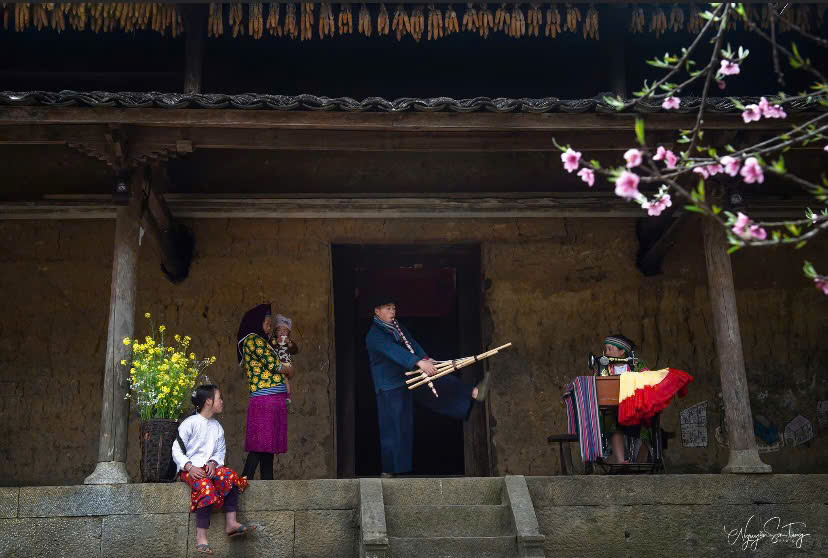
Health & Safety Precautions
Staying healthy and safe during Ha Giang hiking requires preparation for remote area challenges. Basic medical supplies, communication plans, and emergency procedures help ensure safe adventures far from medical facilities. Understanding potential risks helps hikers prepare appropriately.
Preparing for altitude effects, insect-borne diseases, and other regional health considerations ensures comfortable Ha Giang hiking experiences. Prevention strategies for common issues help hikers avoid problems that could interfere with their adventures.
Read more: Ha Giang weather guide - pick your best time to discover Ha Giang loop!
FAQs about Ha Giang hiking
1. What’s the ideal duration for a trek in Ha Giang?
Trek durations vary widely—from short day hikes to extended week-long journeys. For first-time visitors, a 3 to 5-day trek is often perfect. This allows enough time to explore scenic highlights, engage with local culture, and enjoy periods of rest.
2. How fit should I be to hike in Ha Giang?
Your fitness level should match the intensity of your chosen route. Day hikes typically require moderate fitness, while longer, multi-day treks call for strong cardiovascular endurance and previous hiking experience. The region's steep terrain and altitude shifts mean good preparation is key.
3. Is it possible to hike solo in Ha Giang?
Yes, experienced hikers can navigate Ha Giang on their own using detailed maps and GPS tools. That said, language barriers and remote trails can pose challenges—hiring a local guide can enhance both safety and cultural understanding.
4. When is the best time to go hiking in Ha Giang?
The best seasons are from September to November and March to May. These months offer pleasant temperatures, clearer skies, and minimal rainfall—ideal conditions for hiking and photography.
5. Should I stay in homestays or go camping?
Both options have their perks. Homestays offer warm hospitality, cultural immersion, and a cozy place to rest. Camping provides more freedom and a deeper connection to nature but requires gear, preparation, and sometimes permits, depending on the area.
Ha Giang hiking represents one of Vietnam's premier outdoor adventures, combining spectacular natural beauty with authentic cultural experiences. Whether seeking challenging wilderness treks or gentle cultural walks, this remarkable province offers unforgettable experiences for every type of hiker. The combination of dramatic landscapes, welcoming communities, and relative isolation from mass tourism makes Ha Giang an essential destination for serious hiking enthusiasts exploring Southeast Asia.
